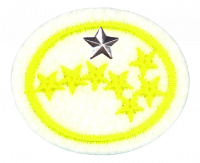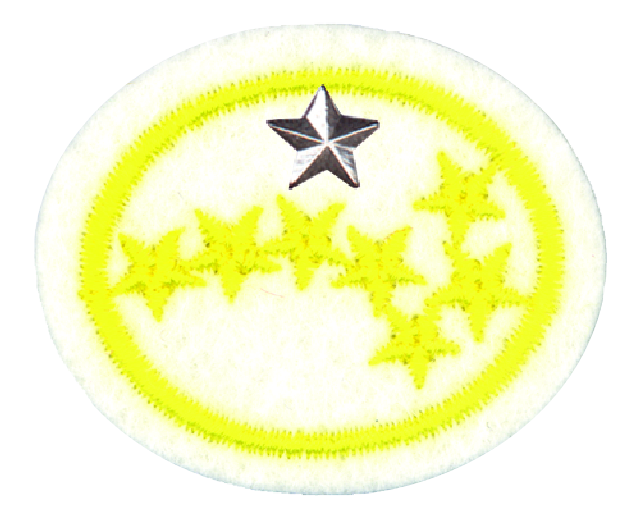AY Honor Stars - Advanced Requirements used by General Conference
1. Have the Stars Honor.
2. How can you account for the apparent daily motion of the stars?
3. What are each of the following.
- a. Planet
- b. Satellite
- c. Comet
- d. Meteor
- e. Nebula
- f. Constellation
- g. Fixed star
- h. Sunspot
4. What is meant by the terms:
- a. Celestial sphere
- b. Celestial pole
- c. Celestial equator
- d. Horizon
- e. Right ascension
- f. Declination
- g. Transit
- h. Conjunction
- i. Ecliptic
5. Explain the major difference between a refractor and reflector type of telescope. Describe an equatorial telescope mounting.
6. Into what colors is sunlight dispersed when passed through a prism? In what way are colors of stars used to indicate their temperature?
7. What connection is there between the ecliptic and the vernal and autumnal equinoxes? What dates are usually associated with the equinoxes?
8. Learn the 12 constellations called the signs of the zodiac. Know the history of the signs of the zodiac.
9. Identify by their name and point out in the sky the constellations that can be seen all night long on a clear night in your hemisphere.
10. Name five constellations that are visible between sunset and midnight in your hemisphere during:
- a. The summer months.
- b. The winter months.
11. At what time of year is the constellation Orion best seen? Locate and identify in the sky the three brightest stars of this constellation.
12. How are the letters of the Greek alphabet used to name stars in a constellation? Give five illustrations of the use of the letters of the Greek alphabet in naming the stars of a constellation.
13. Locate the 15 first-magnitude stars as they appear throughout the year.
14. With the use of a diagram, show the relative positions of the earth and moon during high and low tides.
15. Describe the peculiar individual characteristics of the planets in our solar system. Which ones cannot be seen without the aid of a telescope? Which two planets are seen only near the hours of sunrise or sunset?
16. Where and in what way does the Bible refer to Orion, the Pleiades, and Arcturus?
17. Discuss the statement made by Ellen G. White in Early Writings, page 41, concerning the opening in Orion.


